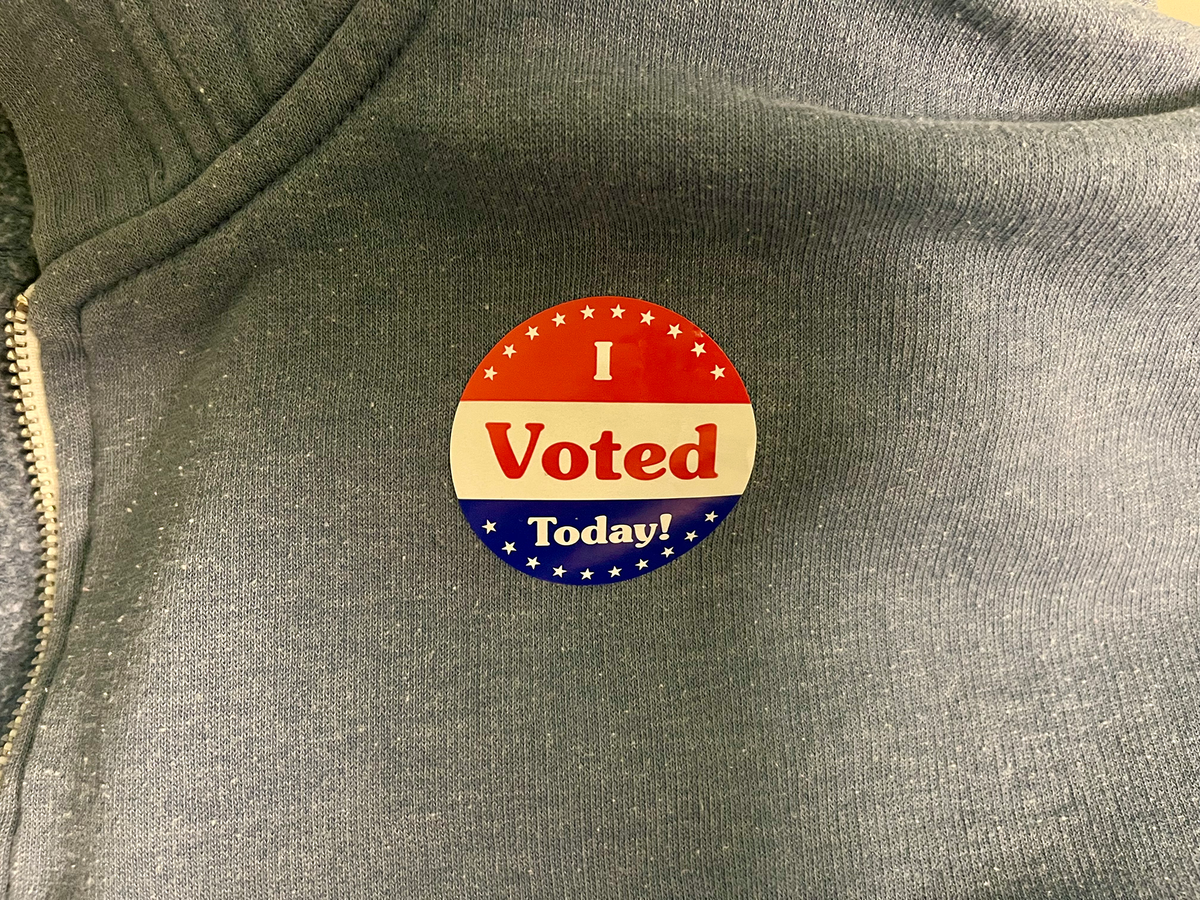How Did Stamford, Norwalk, Bridgeport, and the Surrounding Areas Vote in the 2024 Election?
Check out our key takeaways from the 2024 election results in Lower Fairfield County.

Now that we’re a few days past the 2024 election, we wanted to take a step back and examine the data from the Secretary of State’s Office to learn more about how and why people voted in the 2024 election—at the federal, state, and local level. Here’s some of our key takeaways.
Vice President Kamala Harris won Connecticut—and all the communities in Lower Fairfield County.
As of Friday Nov. 8, with 759 of 760 precincts reporting across the state, Harris received 974,483 votes in Connecticut, compared to 727,916 votes for former and incoming President Donald Trump, giving her a 56.3% to 42% win in the state. (Note: Some voters cast ballots for third-party candidates and write-ins which is why the numbers don’t equal 100%)
She also carried each of the communities in our region—Greenwich, Stamford, Darien, Norwalk, Westport, Fairfield, and Bridgeport.
But, Harris’s margin of victory was down from Biden’s win over Trump in 2020—although it was up from Hillary Clinton’s in 2016.
Biden received 1,080,831 votes in 2020 compared to 714,717 votes for Trump, giving him 59.3% of the voters, compared to 39.2% for Trump. In 2016, Clinton received 897,572 votes, compared to 673,215 for Trump, giving her 54.6% of the vote, compared to 40.9% for Trump.
This was true both at the state level and by community in our region. Here’s a breakdown by municipality comparing the 2024 results with 2020.
One of the reasons for that was turnout, which was down compared to 2020.
In 2024, 1,729,105 voters across the state cast a ballot as of Nov. 8 out of 2,336,524 registered voters, which was a 74% turnout rate. In 2020, 1,861,086 voters cast their ballots out of a registered 2,334,979 voters, which equates to a 79.7% turnout rate, while in 2016, 1,675,934 voters cast a ballot out of 2,178,169 registered voters, equating to a 76.9% turnout rate.
This year was the first year of early voting in Connecticut, which Secretary of State Stephanie Thomas touted as a huge win, allowing voters to head to the polls two weeks before the election. But while hundreds of thousands of voters took advantage of that opportunity, based on the data, it didn’t increase overall turnout.
Democratic Congressman Jim Himes was re-elected to represent Connecticut’s 4th Congressional District, which spans our region.
Himes, who was first elected in 2008, received 193,399 votes compared to 117,069 for his Republican challenger Michael Goldstein, capturing 61.3% of the vote, compared to Goldstein’s 37.1%. Like Harris, while Himes received broad support, he won by less of a margin than he did in 2020.
HImes received 224,432 votes in 2020, compared to 130,627 for Republican challenger Jonathan Riddle, giving him a 62.2% share of the vote, compared to 36.2% for Riddle.
Here’s a breakdown by municipality comparing the 2024 to 2020 results for Congress.
While overall the state stayed blue, locally, some state legislative Republicans kept their seats.
State Senator Ryan Fazio, a Republican, who represents Greenwich and parts of Stamford, kept his seat, defeating Democratic challenger Nick Simmons. State Senator Tony Hwang, a Republican, who represents Fairfield and Trumbull, also kept his seat, defeating Democratic challenger Rob Blanchard.
Here’s a look at the other state senators and state representatives’ election results.
There weren’t many local, municipal elections, like for mayor or legislative bodies, on the ballot this year.
Some communities had a few local elections on the ballot, such as some Representative Town Meeting seats, but for the most part there weren’t local officials on the ballot this year. We’ll have more on municipal elections next year.



